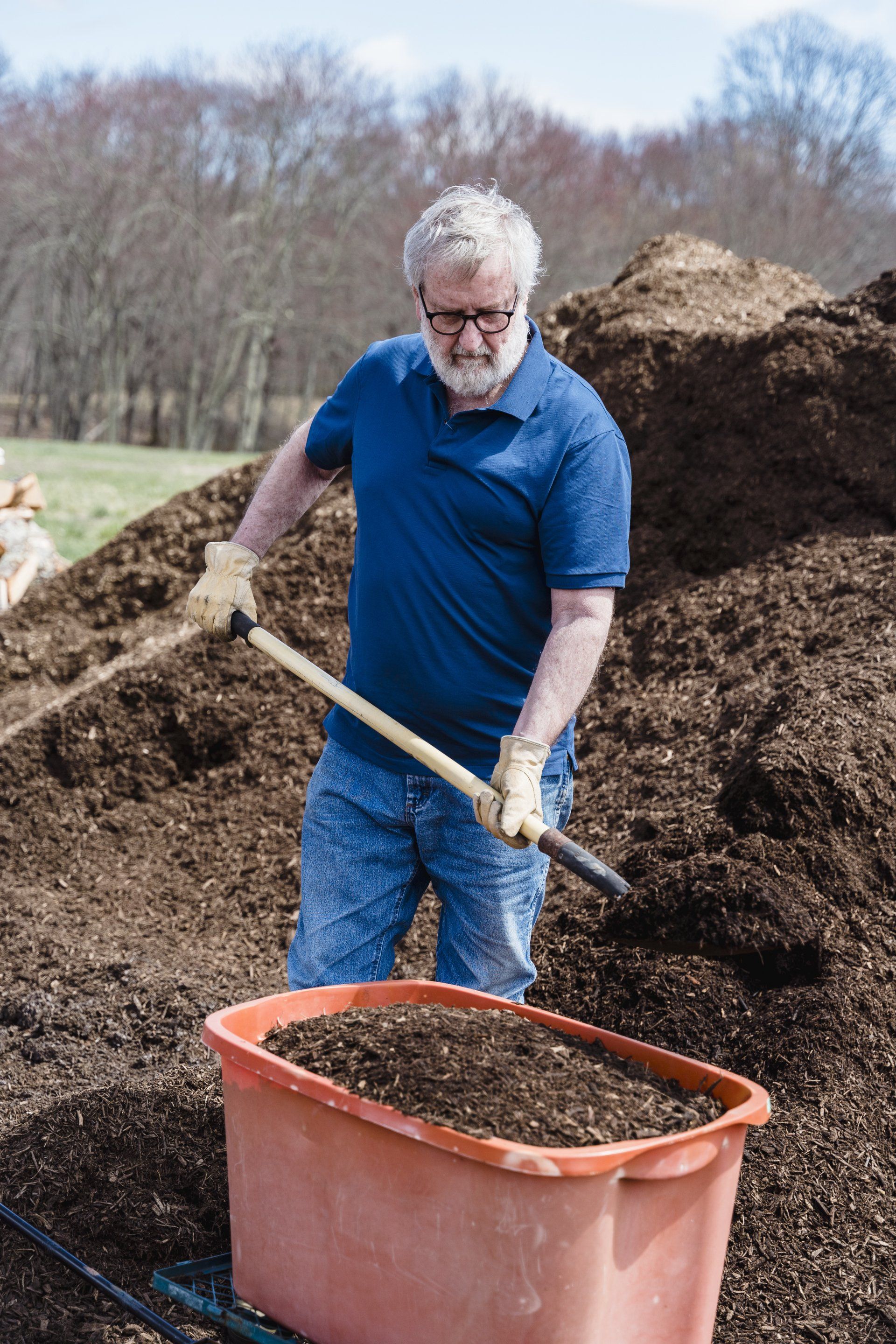The Water Crisis: A Confluence of Challenges

The Rio Grande Valley (RGV), a region celebrated for its fertile lands and agricultural productivity, is currently confronting a severe water crisis that threatens its farming community and the broader economy. A combination of prolonged drought, international water management challenges, and economic repercussions has led to significant losses in farmland and crop yields.
The RGV's water scarcity stems from several interrelated factors:
- Prolonged Drought: The region has been experiencing a megadrought, exacerbated by climate change, leading to historically low water levels in reservoirs and rivers. The Rio Grande, a lifeline for the valley's agriculture, has seen diminished flows, impacting irrigation and crop yields. drought.gov
- International Water Management: The 1944 Water Treaty between the U.S. and Mexico mandates that Mexico deliver 350,000 acre-feet of water annually to the U.S. from six tributaries. However, in recent cycles, Mexico has struggled to meet these obligations, leading to tensions and uncertainty among U.S. farmers who rely on this water for irrigation. As of mid-2024, Mexico had delivered only about 425,000 acre-feet of water, approximately one-quarter of its obligation for the current five-year cycle ending in October 2025. agrilifetoday.tamu.edu
Economic Repercussions: Closure of the Sugar Mill
The water shortage has had tangible economic impacts. In early 2024, the Rio Grande Valley Sugar Growers, Inc. announced the permanent closure of Texas' only sugar mill after over 50 years of operation. The decision was attributed to the ongoing water issues stemming from Mexico's challenges under the 1944 Water Treaty. This closure not only signifies the end of a significant agricultural enterprise but also results in the loss of approximately 500 jobs and an estimated $100 million economic impact on the region. rgvisionmagazine.com
Impact on Farmland and Crop Production
The drought has led to substantial losses in farmland and crop yields:
- Row Crops: In 2006, during a severe drought, dryland growers in the Valley lost 75% of their cotton acreage, 86% of their corn acreage, and 43% of their grain sorghum acres. agrilifetoday.tamu.edu
- Citrus: Citrus growers are forecasting a 20% to 30% crop loss based on available water resources, with concerns that prolonged drought could lead to the death of trees, requiring years to reestablish productive orchards. rgvisionmagazine.co
- Economic Impact: A report from Texas A&M University estimated that a complete lack of irrigation water for crop production in the Lower Rio Grande Valley in 2024 would result in a direct revenue loss of approximately $495.8 million. agrilifetoday.tamu.edu
Recent Developments: Amendments to the Water Treaty
In an attempt to address the recurring water delivery issues, the U.S. and Mexico reached an agreement in November 2024 to amend the 1944 Water Treaty. The amendment, known as "Minute 331," aims to increase the reliability and predictability of water deliveries from Mexico to the U.S. It provides Mexico with tools and flexibility to deliver water earlier in the five-year cycle, including better coordination on water conservation and utilization of alternative water sources. While this agreement offers a framework for improved cooperation, its effectiveness will depend on implementation and adherence by both parties. agrilifetoday.tamu.edu
In response to the ongoing water crisis, farmers in the Rio Grande Valley (RGV) are adopting innovative strategies to conserve water and sustain their agricultural operations. These adaptive measures are crucial for maintaining productivity amid challenging environmental conditions.
Adoption of Drip Irrigation Systems
One significant advancement is the shift towards drip irrigation systems. Unlike traditional irrigation methods that can result in substantial water loss due to evaporation and runoff, drip irrigation delivers water directly to the plant roots through a network of tubes and emitters. This targeted approach minimizes water waste and enhances efficiency. Organizations such as the Hub of Prosperity and the Sentli Center for Regenerative Agriculture are at the forefront of promoting these sustainable practices. They conduct educational workshops to guide local farmers on implementing drip irrigation, composting, and rainwater collection techniques. truchargv.com
Transition to Drought-Resistant Crops
Farmers are also diversifying their crop selections by planting drought-resistant varieties. These crops are bred to withstand low-water conditions, reducing the overall irrigation demand. This strategy not only conserves water but also ensures a more resilient agricultural output during periods of scarcity. truchargv.com
Implementation of Dry-Land Farming Techniques
Dry-land farming techniques are being employed to optimize water usage. This approach involves farming practices that rely on natural rainfall, reducing dependence on irrigation. Techniques such as soil moisture conservation, mulching, and selecting appropriate planting times help maximize the effectiveness of available water. truchargv.com
Community and Educational Support
Community organizations play a vital role in supporting farmers through education and resources. The Hub of Prosperity and the Sentli Center for Regenerative Agriculture, for instance, are instrumental in educating small local farmers and the community on sustainable farming practices. They host workshops and provide guidance on conscious farming methods, including drip irrigation, composting, and rainwater collection. truchargv.com
Policy Interventions
Policy measures are also being introduced to support farmers. For example, Texas Agriculture Commissioner Sid Miller issued an executive order allowing farmers and ranchers to access overflow water from the Rio Grande for irrigation purposes. This initiative aims to utilize excess water that would otherwise be lost, providing immediate relief to the agricultural community. texasagriculture.gov
Looking Ahead: Building Resilience
The water challenges facing the Rio Grande Valley underscore the need for long-term strategies to build resilience in the agricultural sector. This includes investing in water-efficient technologies, diversifying crops to include more drought-tolerant varieties, and fostering collaborative water management practices between the U.S. and Mexico.
While recent treaty amendments offer a glimmer of hope, the path to water security will require sustained effort, innovation, and cooperation among all stakeholders. TPS Lab remains committed to supporting farmers through these trials, providing the expertise and resources necessary to adapt and thrive in an increasingly water-scarce environment.
The Role of TPS Lab: Supporting Farmers Through Adversity
In these challenging times, TPS Lab stands as a steadfast partner for RGV farmers. Understanding the critical importance of efficient water use and soil health, TPS Lab offers a range of services designed to help farmers optimize their resources:
- Soil Testing and Analysis: By conducting comprehensive soil tests, TPS Lab provides farmers with detailed insights into soil nutrient levels, pH, and organic matter content. This information is crucial for making informed decisions about fertilization and crop selection, especially under water-limited conditions.
- Irrigation Water Analysis: Assessing the quality of available irrigation water ensures that it meets the specific needs of different crops and prevents potential issues related to salinity or contaminants.
- Customized Fertilization Programs: Based on soil and water analyses, TPS Lab develops tailored fertilization programs that enhance nutrient uptake efficiency, promoting healthy crop growth even with restricted water availability.
- Consulting Services: TPS Lab's agronomists offer expert advice on crop management practices, irrigation scheduling, and drought mitigation strategies, empowering farmers to navigate the current challenges effectively.
By leveraging these services, farmers can improve water use efficiency, maintain soil fertility, and sustain crop yields, thereby mitigating some of the adverse effects of the ongoing water crisis.
In conclusion, the Rio Grande Valley's water crisis is a complex interplay of environmental, political, and economic factors. Addressing it will demand a multifaceted approach, combining immediate support for affected farmers with long-term initiatives aimed at sustainable water management and agricultural practices.



